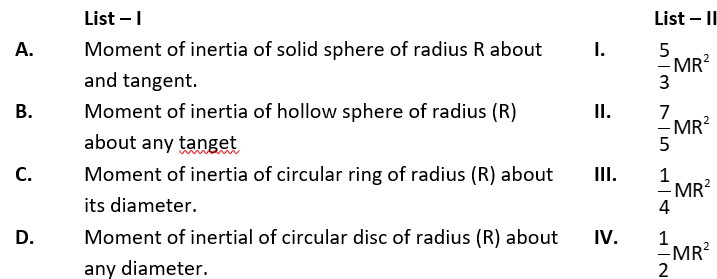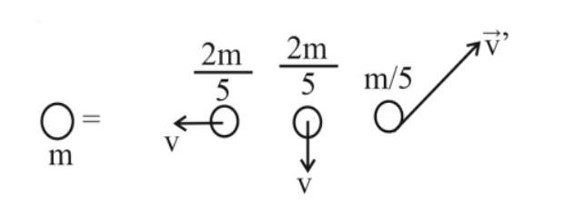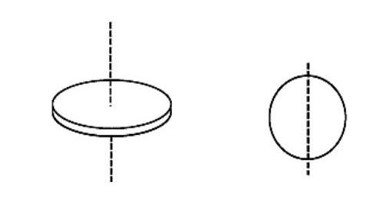7.13 (a) A child stands at the centre of a turntable with his two arms outstretched. The turntable is set rotating with an angular speed of 40 rev/min. How much is the angular speed of the child if he folds his hands back and thereby reduces his moment of inertia to 2/5 times the initial value ? Assume that the turntable rotates without friction.
(b) Show that the child’s new kinetic energy of rotation is more than the initial kinetic energy of rotation. How do you account for this increase in kinetic energy?
7.13 (a) A child stands at the centre of a turntable with his two arms outstretched. The turntable is set rotating with an angular speed of 40 rev/min. How much is the angular speed of the child if he folds his hands back and thereby reduces his moment of inertia to 2/5 times the initial value ? Assume that the turntable rotates without friction.
(b) Show that the child’s new kinetic energy of rotation is more than the initial kinetic energy of rotation. How do you account for this increase in kinetic energy?
-
1 Answer
-
(a) Initial angular velocity, = 40 rev/min, let the final angular velocity be
Let the moment of inertia of the boy with hands stretched be I1 and
M.I. with folded hands be I2
Given I2 = (2/5) I1
Since no external force acts on the boy, the angular momentum will remain constant.
Hence I1 = I2 , I1/I2) x = (5/2) x 40 = 100 rev/min
(b) Kinetic energy Ev = (1/2)I
Hence ( Final KE / Initial KE ) = (I2 )/ (I1 ) = { (2/5) I1 x 100 x 100 } / { I1 x 40 x 40 }
= 2.5
Taking an Exam? Selecting a College?
Get authentic answers from experts, students and alumni that you won't find anywhere else
Sign Up on ShikshaOn Shiksha, get access to
- 65k Colleges
- 1.2k Exams
- 679k Reviews
- 1800k Answers



